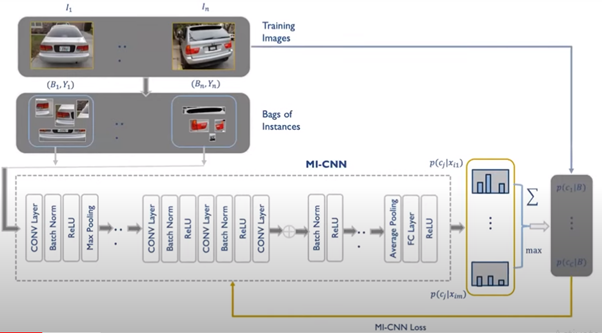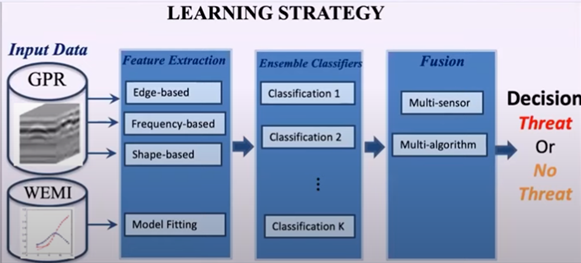Automation gained massive momentum with the introduction of Artificial Intelligence and associated concepts like Machine Learning (ML), Deep Learning (DL) and Artificial Neural Networks (ANN). Hichem Frigui, a professor with the University of Louisville, shared his expertise on ML in the AIIC's virtual event, Back to Business with AI. You can view Frigui's full presentation above regarding four specific real-time applications of ML, or you can check out the summarized version below.
Automatic Vehicle Recognition
Vehicle recognition and tracking is a laborious task if done manually. To save time, ML-trained computer vision cameras can identify and track vehicles automatically. To achieve this, the process involves extracting various components or regions of a particular image. The data is then processed by deep neural networks and in the end, objects like vehicles can be detected, recognized and measured with embedded data, such as vehicle make, model and year. Data is the key to train or build algorithms, so the more data you have, the more precision and accurateness you'll have in forming decisions.

Figure: CNN-based Vehicle Recognition Model
For example, say a suspect is found in a particular car and that car needs to be tracked. If ML algorithms are given access to real-time data from various traffic surveillance cameras and the source image of a car is given, then this source sample becomes the classifier. Using this sample, the ML algorithms can detect, classify the car (with model name and registration number) and auto-populate the data to various databases to locate where exactly that particular car is and where it is heading.
Detection of Buried Explosive Objects
Manual detection of anti-tank mines, anti-personnel mines or any explosive devices is a high-risk job. In this situation, ML can literally be a lifesaver.
To achieve this, three systems can be utilized: a vehicle-mounted radar system, a hand-held system or a robotic vehicle. First, data can be collected from particular sensors, such as ground-penetrating radar systems, infra-red cameras, hyperspectral imaging and wide-band electro imaging induction. The "learning" in this case builds and trains algorithms based on the data then develops multi-sensor fusion. Finally, a decision of action, based on the threat or explosive device in that particular location, can be made.

Figure: Machine Learning model for Detection of Explosive objectives
Analysis of Simulated Medical Crisis Video Recording
As a part of training nurses or medical interns, recorded video simulations of various emergency scenarios are often created. However, trainers watching every detail frame by frame in one of these recordings can be a time-intensive task. Implementing automation using ML-powered image-processing can significantly improve the process. The ML system performs a temporary analysis on the entire video recording and can detect CPR scenes, identify CPR frequency and identify the person administering the CPR to examine if they are doing it correctly.
Video Analysis for Social Distancing
Social distancing is a common method for helping prevent the spread of COVID-19, but monitoring and ensuring social distancing norms are being followed in the retail stores, offices or any public places can be a tedious task if done manually. In this situation, Machine Learning and AI algorithms can capture data from installed 3D cameras and constantly monitor the movement of people and calculate if specified social distance measures are being followed.
To learn more about Machine Learning applications for your business, reach out to sales@vsoftconsulting.com.















